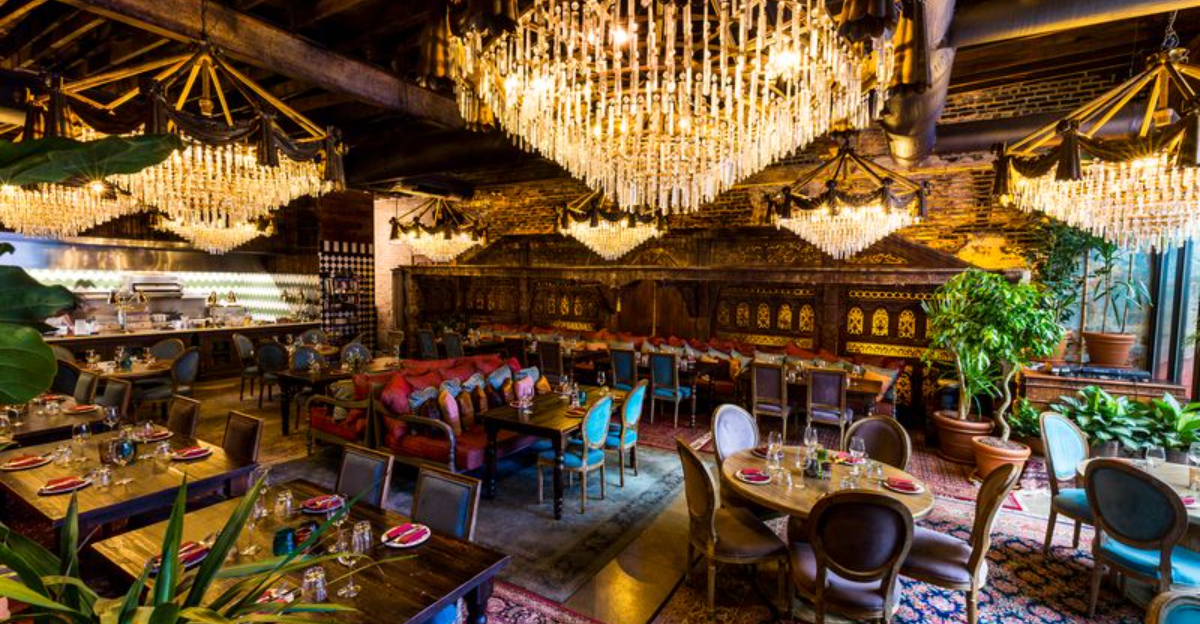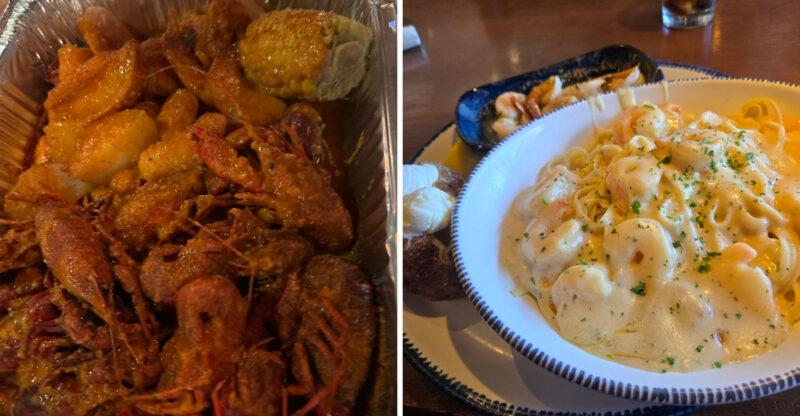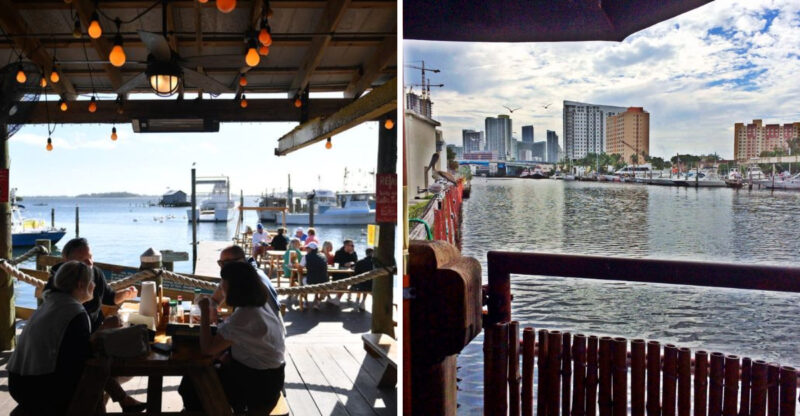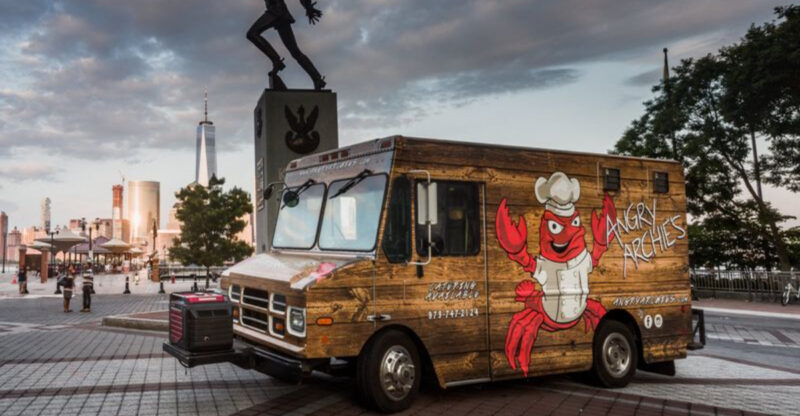Minimalism Is Over In Illinois Restaurants And The Nostalgic Tavern Era Has Begun

Cold concrete gives way to glow. Bare walls soften under lamplight and the hush of a booth you can sink into. Across Illinois, dining rooms swap white cubes for wood paneling, brass rails, and framed ephemera collected over time.
Tiffany-style shades pool warm light on polished tables.
The clink of glass meets the creak of old floors, and the room feels lived-in, not staged. Menus follow the mood: hearty pours, shareable plates, comfort cut with a little ceremony. It is the tavern spirit, revived for now, inviting guests to linger and feel known.
1. Premise & Angle
Restaurant design trends have shifted dramatically over the past few years. Cold minimalism, once the gold standard for modern dining spaces, is losing its appeal among both operators and guests.
Illinois establishments are embracing maximalist, nostalgic aesthetics instead. Think rich textures, warm wood tones, and layered lighting that makes guests want to linger longer over their meals and drinks.
2. Key Takeaways
Millennial minimalism dominated restaurant design for years, featuring stark white walls and industrial elements. That era appears to be ending as diners crave comfort over cool aesthetics.
The movement toward maximalist, cozy spaces reflects broader cultural shifts. People want dining environments that feel personal, warm, and emotionally resonant rather than austere showrooms designed primarily for social media photography.
3. Why It Resonates In Illinois
Illinois has deep roots in tavern culture dating back generations. From Chicago neighborhood corner bars to small-town gathering spots, these spaces hold special meaning in community life across the state.
The nostalgic tavern aesthetic taps into this heritage beautifully. Operators are rediscovering design elements that honor local history while creating environments where regulars and newcomers alike feel genuinely welcomed and comfortable.
4. Design Language Of The Nostalgic Tavern
Rich materials define this design movement. Dark-stained wood, brass fixtures, leather upholstery, and patterned wallpaper replace the concrete floors and Edison bulbs that dominated previous years.
Lighting plays a crucial role in creating ambiance. Warm, layered lighting from multiple sources creates intimate pockets throughout the space, making every table feel like a special spot rather than an exposed seat.
5. Guest Experience & Menu Implications
Cozy spaces naturally encourage longer visits and higher per-person spending. When guests feel comfortable, they order another round of drinks or linger over dessert rather than rushing out after their entrees.
Menus are shifting to match the environment. Classic comfort foods, elevated tavern fare, and craft mocktails served in vintage glassware complement the nostalgic atmosphere and meet guest expectations for the complete experience.
6. Illinois Field Guide
Several Illinois establishments are leading this design shift. Chicago neighborhoods like Logan Square and Pilsen feature restaurants that blend vintage tavern elements with modern culinary approaches, creating spaces that feel both familiar and fresh.
Downstate communities are also embracing this trend. Springfield, Champaign, and smaller towns are renovating historic buildings into welcoming dining destinations that celebrate local heritage while serving contemporary tastes and preferences.
7. Playbook For Operators
Start with lighting, as it sets the entire mood. Replace harsh overhead fixtures with warm, dimmable options at multiple levels throughout the space to create depth and intimacy.
Invest in quality materials that age gracefully. Real wood, leather, and brass develop character over time, unlike cheaper alternatives that simply look worn out after a few years of heavy use.
8. Business Rationale & KPIs
Comfortable environments directly impact financial performance. Guests who feel relaxed stay longer, order more items, and return more frequently than those in sterile, uncomfortable spaces.
Key metrics to track include average dwell time, per-person check averages, and repeat visit rates. Many operators report significant improvements in these areas after transitioning from minimalist to warmer, more inviting design schemes.
9. Risks & Guardrails
Nostalgia can quickly become kitsch if not handled carefully. The goal should be creating warmth and character, not building a theme park version of a tavern that feels inauthentic or overwhelming.
Maintenance matters significantly with maximalist design. More surfaces, textures, and decorative elements require consistent upkeep to avoid looking shabby rather than charmingly vintage, so budget accordingly for ongoing care and cleaning.
10. The Role Of Texture And Layering
Successful nostalgic tavern design relies on thoughtful layering. Multiple textures and materials at different heights create visual interest and depth that flat, minimalist spaces simply cannot achieve.
Consider mixing rough and smooth surfaces throughout. Weathered wood against polished brass, soft upholstery beside exposed brick, and matte finishes contrasting with reflective surfaces all contribute to spaces that feel complex and inviting.
11. Sound And Acoustics Matter
Minimalist spaces often suffer from terrible acoustics, with hard surfaces bouncing sound around until conversations become impossible. Maximalist design naturally solves this problem through sound-absorbing materials.
Fabric upholstery, wood paneling, and decorative elements all help control noise levels. Guests appreciate being able to hear their dining companions without shouting, making the entire experience more pleasant and relaxing.
12. What It Means For The Future
The shift from minimalism to nostalgic tavern design represents more than changing aesthetics. It reflects what diners truly value: warmth, comfort, and spaces that feel genuinely welcoming rather than coldly fashionable.
Illinois restaurants embracing this movement are creating destinations where communities gather and memories form. That emotional connection may prove far more valuable than any passing design trend.






